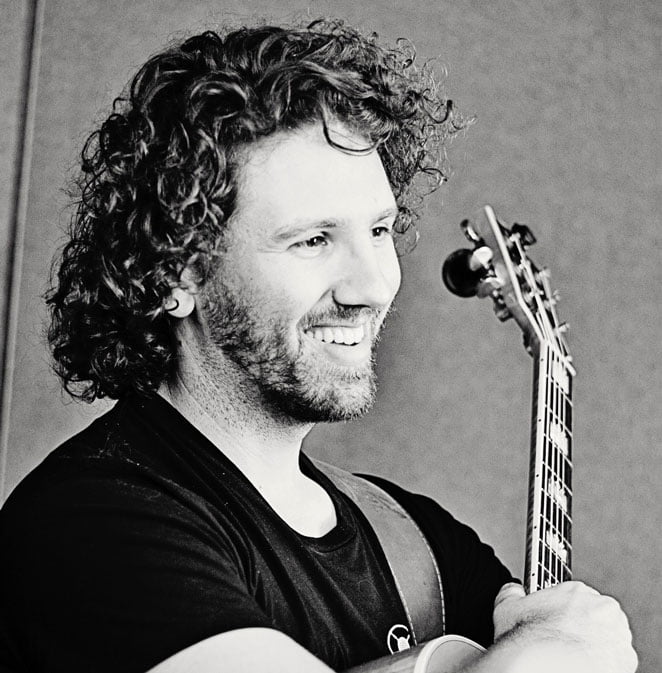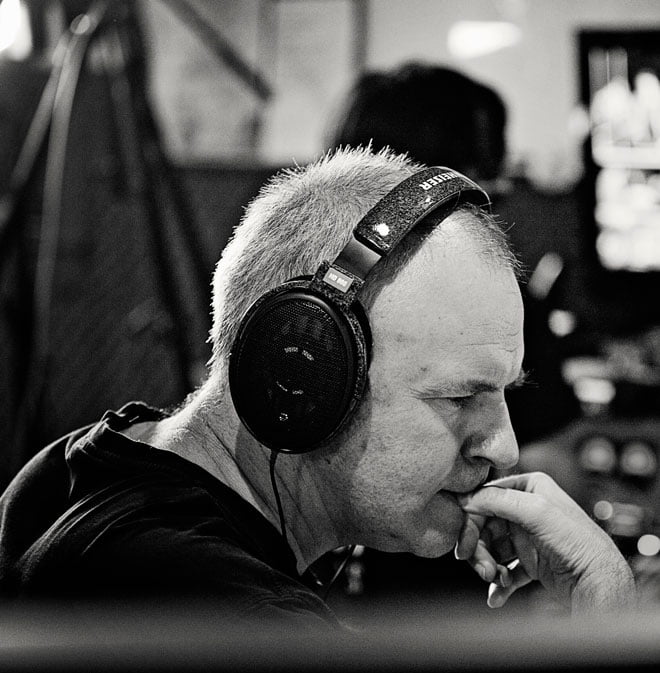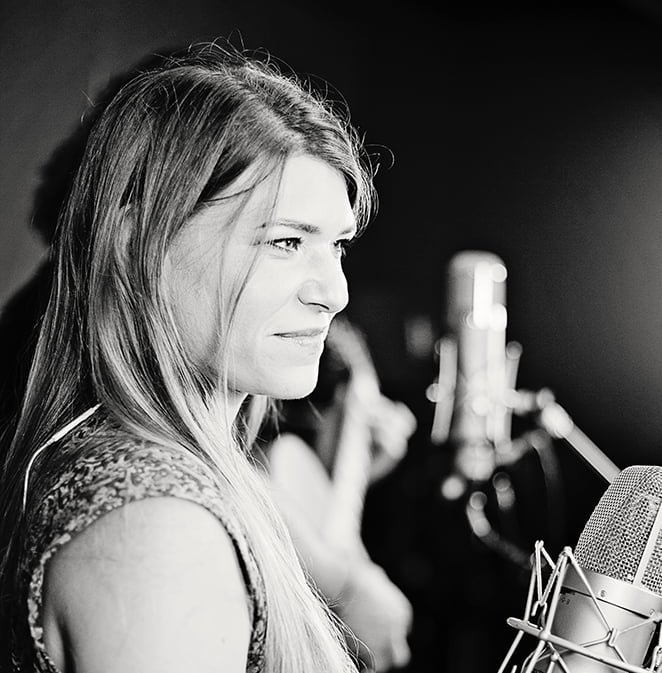ADR Additional Dialogue Replacement
Looking for the ultimate recording quality for your vocal? Contact us today!
What is ADR?
ADR is an important process in the creation of films and animation projects. Often when the audio that was recorded on a film set is not sufficient to be used in the final cut it needs to be captured again as part of the post-production process. This requires the actor, or actors, to come into our Sydney recording studio and lip-synch to their performance on the video. This studio-recorded-audio is then mixed into the final audio mix of the film. The final product will appear as though they had spoken the dialogue during filming.
What technique do we use to record ADR?
Our recording studio, Crash Symphony Productions, is largely focused around this kind of Post-Production process. Our isolated sound-recording-booth is designed to give a clean and high-quality vocal sound which can be easily integrated into the audio of a film during post. We have video screen in the booth that allows the engineer to send the video to the actor so they can see their performance on the screen as they record their ADR.We have taken further steps to use iPads for the scripts in the sound booth during ADR sessions. These devices allow the actor to easily position the script (which is mounted on a moveable stand) to a position that makes it easy to read the script and maintain the best position for the audio signal. They can resize the script and turn pages without making any noise. Prior to the use of the iPad paper scripts were used. This often lead to paper rustling and page-turning-noises getting on the signal. This lead to editing after the recording and meant more money during post. Now, the editing time is quicker and cheaper and the signal is cleaner and more consistent throughout the ADR recording
James has Amazing Musical Whizz
Crash Symphony have been just superb and I would highly recommend their services. I will definitely use Crash Symphony Productions again for any future recordings. Thanks for making my first EP recording a wonderful experience!!!
What microphones do we use to record ADR?
One of the tricks to ADR is providing the film company with audio that is similar to the audio that is being used throughout the rest of the production. To do this we often ask detailed questions prior to any ADR session about the kinds of microphones that were used on set, what their placement was on the day of filming and what the requested technical specifications are for the audio recording. There are three common microphones that we use for ADR in our studio: A lapel microphone, a shotgun microphone and a large diaphragm condenser microphone. Each microphone type has a very different sound to them and sometime recording all of them simultaneously is the best option of the film company. This way they have more possibilities of matching the sound correctly to what was recorded on the day of filming. Traditionally, lapel microphones are clipped to the an actors shirt collar to be hidden from camera. Whilst this works well in terms of hiding from the camera it doesn’t produce the best audio results and sometimes the rustling of clothing against the microphone can ruin the recording. In our recording studio we have the luxury of being off-camera and placing the lapel microphone on a flex-stand which can be positioned in the optimum audio sweet-spot without the intrusion of unwanted noises. Our DPA microphone is one of the best on the market but we have a series of other lapel microphones available if it is a specific microphone that was used on the day of recording. The shotgun microphone is another choice used on film sets. We have a selection of shotgun microphones that can be used for ADR sessions. We most often use the Sennheiser MK416 shotgun microphone for ADR recording. Our engineers will most often position these microphones on static microphone stands with the shotgun raised above the head of the actor and pointing down, towards their mouth, at an angle of 45°. This captures a good vocal signal, whilst reducing aggressive sibilant frequencies. Finally, on request, we have a selection of large diaphragm condenser microphones that are available for voice over and ADR sessions. The two most common microphones that are used are the Neumann U87 and the U47w microphones. These microphones have a very clear and open sound and more commonly used on TV commercials and animation productions. They are less likely to be request on ADR session because these microphones are not often used on a film set. This is because they are large and need to be close to the actor to get a clear sound. This is not practical for capturing a good picture during filming. However, there are times when these microphones are called for and we have them available and ready..
How can overseas companies be part of the ADR session?
Our recording studio most often is called to ADR sessions for overseas companies that have an actor that is travelling abroad. We recording many english and american actors when they are in Australia on other projects or promotional tours, but the production company is overseas and require ADR from these actors. To accommodate this common situation we have equipped our studio and recording processes with video link-up. This allows producers, directors and overseas ADR crew to link into the session and be part of the recording process. There are video cameras in the vocal recording booth that allow the crew overseas to see the actor as they record the ADR and we can send the video picture to them as they listen to the ADR being recorded. The only limiting factor to this process is the speed of the internet in Australia. As a country, Australia is slow when compared to the rest of the world, but we have found that this hasn’t impacted too much on our video linkup sessions. Our studio is also wired up so that the crew overseas can communicate with both the studio engineer and the actor in the sound booth, simultaneously. The increases the efficiency of our ADR sessions dramatically.
What is the Source-Connect Option?
There is also a program that we have available to overseas production companies call Source-Connect. This program allows the overseas crew to linkup and control the session remotely. We find this program to be good, but less interactive than our previously mentioned video linkup option.
What DAW is used for ADR?
It is most common for ADR session to be recorded at 48kHz and 24bit, unless requested otherwise. At Crash Symphony Productions we use two different DAWs (Digital Audio Workstations): Pro Tools and Logic Pro X. It is most common that in an ADR session we will use Pro Tools HD. This is because it is the most commonly used DAW in the film industry and we can send the Pro Tools projects to the overseas post-production company straight after the ADR recording session has been completed. If editing has been requested then we can provide both the session files and the edited audio files.
More on the recording process of ADR
There are a few techniques that we employ to help make the process of recording ADR easier for the actors that come into our studio. Firstly, we like to have the session equipment fully setup with the video and recording points ready to go before the actors walk into the studio. This way they don’t have to wait around while we setup the studio. They can simple turn up to the session and start recording. Secondly, we like to have all the necessary ADR cues and sections pre-mapped out so that we can jump to each section without delay. Thirdly, when we provide beeps that help the actors get the rhythms of where they are to come in. This helps with the timing of the session. We also like to find a nice loop where the section of film can be repetitively looped and they can do take-after-take to get the synch right. The loop allows the actors to familiarise themselves with the section requiring ADR. Fourth, prior to recording we give the actors a view loops of familiarisation so they can become aware of the acute details of the section that needs to be recorded. Fifth, we do all that we can to make sure the headphone levels are comfortable for the actor when they are recording their ADR sessions. These seem like simple techniques but they make a huge difference to the fluidity of the session and savings in cost are always past on to our clients – the film production company.
This is a great video on using Pro Tools to record ADR.
Expert Sound Engineers
Working with us means working with the best sound engineers in Sydney
The art of being an excellent sound engineer is not as prominent now that video has become the focus of our world. However, a top quality sound engineer can augment the quality of a production dramatically. When we record a vocal for music or a voice over for an ad we have the ability to enhance every aspect of that recording. The modern tools available to the twenty-first century sound engineer are truly remarkable. Staying on top of the rapid progress is very much a full time job. Let's take a quick look at what work is involved in producing an excellent vocal recording for a typical voice over job.
Our sound engineer will setup the session prior to the talent arriving. In the most extreme cases, often film ADR sessions, the project and microphones will need to be prepared first. Our clients, from film productions companies, are often located in another country like the USA, the UK, or somewhere in Europe. They will send the sound engineer the program material. This will be the video files with SMPTE timecode, the cue sheet, and all specifications required by our sound engineer to capture a similar sound to what was recorded on set.
Once these program elements are received our sound engineer in Sydney will go into Pro Tools and mark out all the cue points on the timeline of the film. Each entry point will have ADR beeps that will help the talent execute their lines in Synch with the film. In ADR the talent's job will be to lip synch in time with their delivery on set. By setting up the project prior to the talent arriving our sound engineer ensures that the session flows smoothly for the talent.
Often these "remote sessions" (where the directors and producers are overseas) are facilitated by software that helps us communicate with the overseas studios. Programs like Zoom and Source-Connect allow sound engineers in both locations to be actively involved in the session. The sound engineer overseas can literally press the recording button in one country and our software will obey the command here in Sydney. The directors and producers can watch the video content on their screen whilst listening to the audio being recorded by our sound engineers in Sydney. It's real-time. It's the modern way. It's remarkable!
In this example, an ADR recording session, the sound engineer would also need to setup two microphones. One would be a lapel mic, similar to what might have been used on set, and the other a shotgun microphone. These two microphones are setup by our sound engineer in Sydney in front of a screen. This is to allow the talent to clearly view the film as they are performing. An iPad is also positioned in close proximity to the microphones. This will have all the cue points and lines that the talent will be reading during the ADR recording session.
During the session the sound engineer will be facilitating the smooth capture of cue lines. They make sure that all the takes of each line are saved for future recall and re-listening, and can even cut recorded takes together to create a composite "best take".
Once the ADR session is complete the post-production work on the re-recorded lines begins. The amount of work that goes into the audio post-production is beyond the scope of this example. However, we can give a few examples of the kind of technology our sound engineer might decide to use on the recorded cue lines. There is software to reduce lip and mouth noises. Harsh sibilant frequency can be curtailed. The synch of the spoken lines can be further tightened by intelligent algorithms that look at the original "on set" spoken audio and literally stretch, cut, and compress lines recorded in our Sydney recording studio and make them even tighter. The list of tasks, options, and enhancements that our sound engineer can apply to a voice recording is enormous.

James Englund
Founder

Stewart Havill
Engineer/Producer

Borbala (Bobo)
Session singer and Admin

